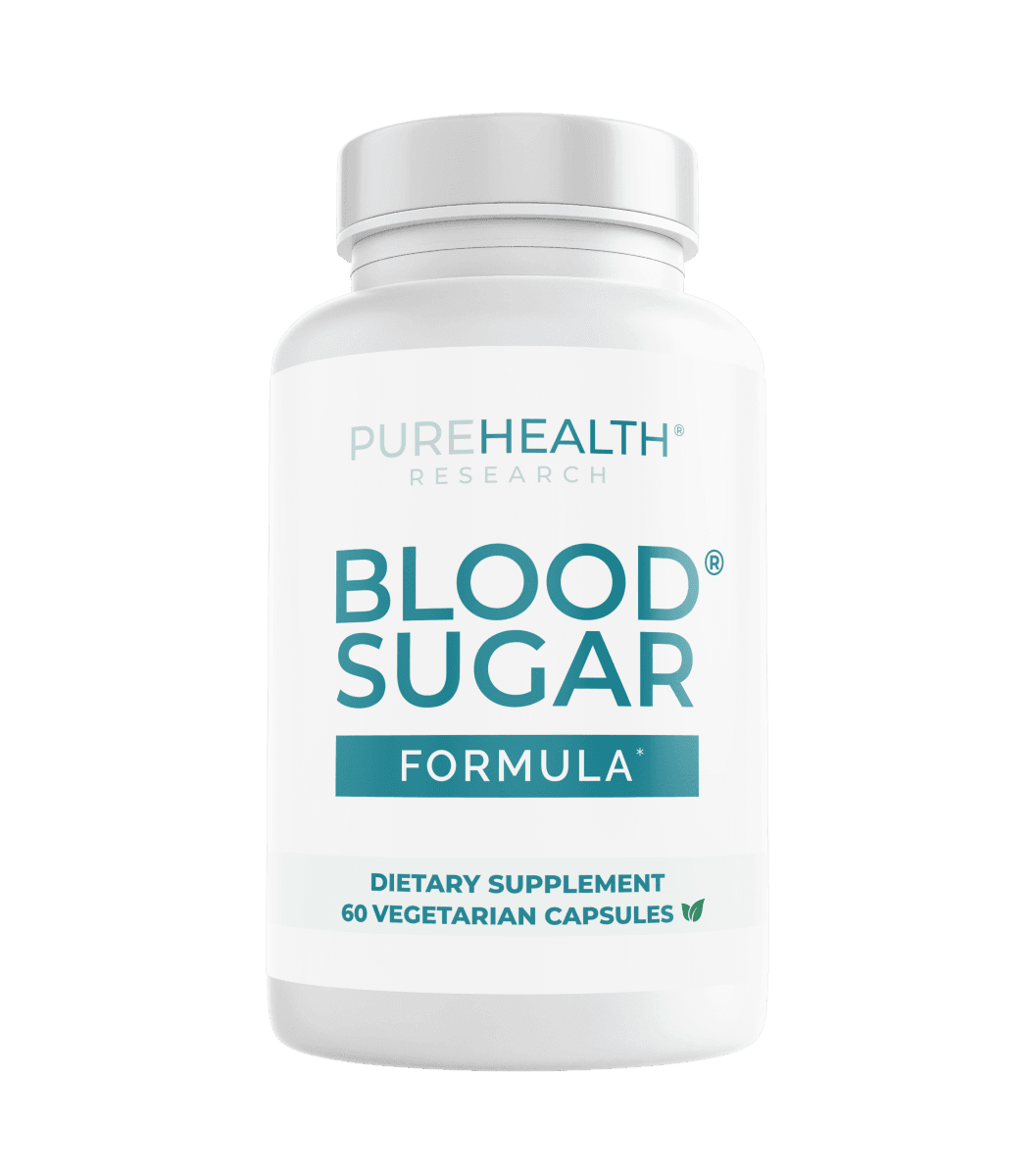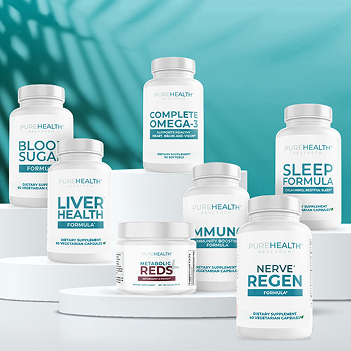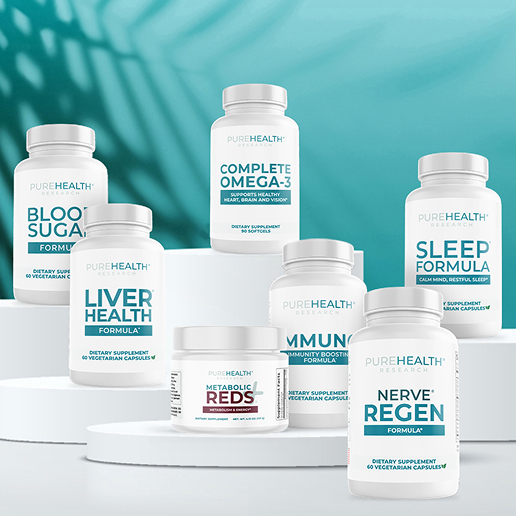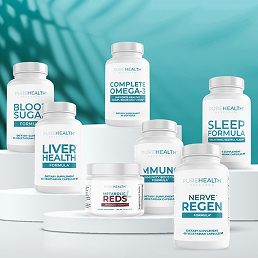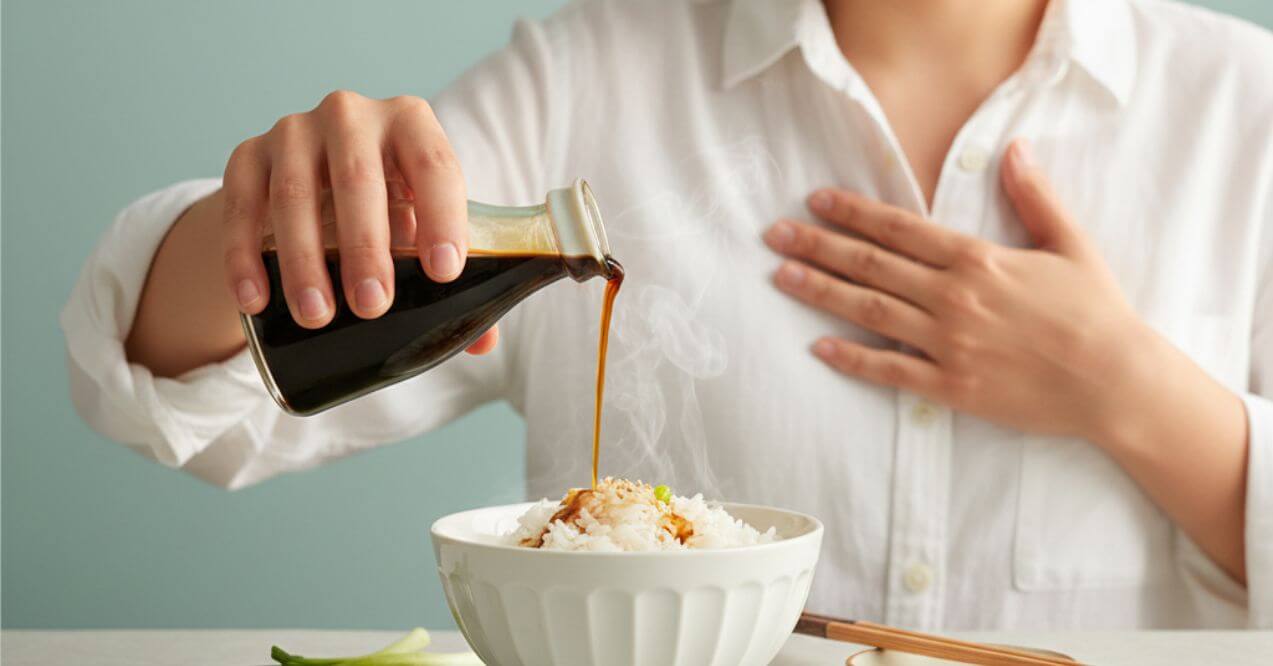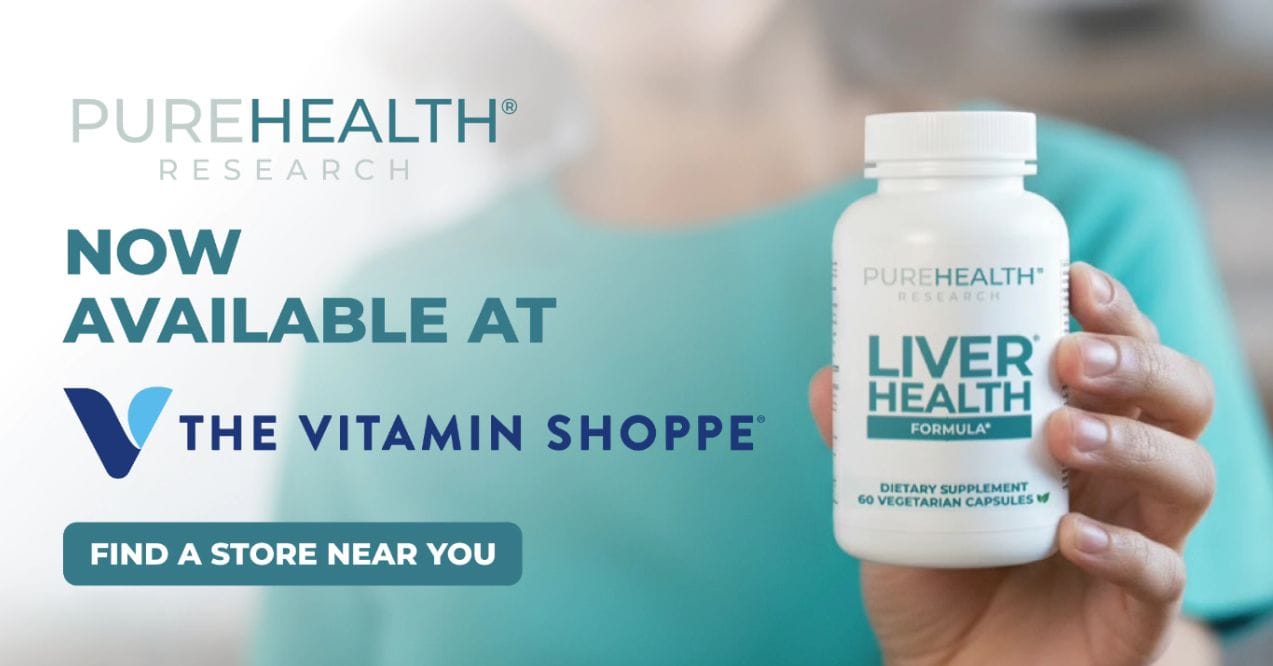What Is the Healthiest Cereal? Ranking Best to Worst
Wondering what is the healthiest cereal for your morning routine? Our guide ranks 9 popular options and reveals which ingredients to seek and avoid.
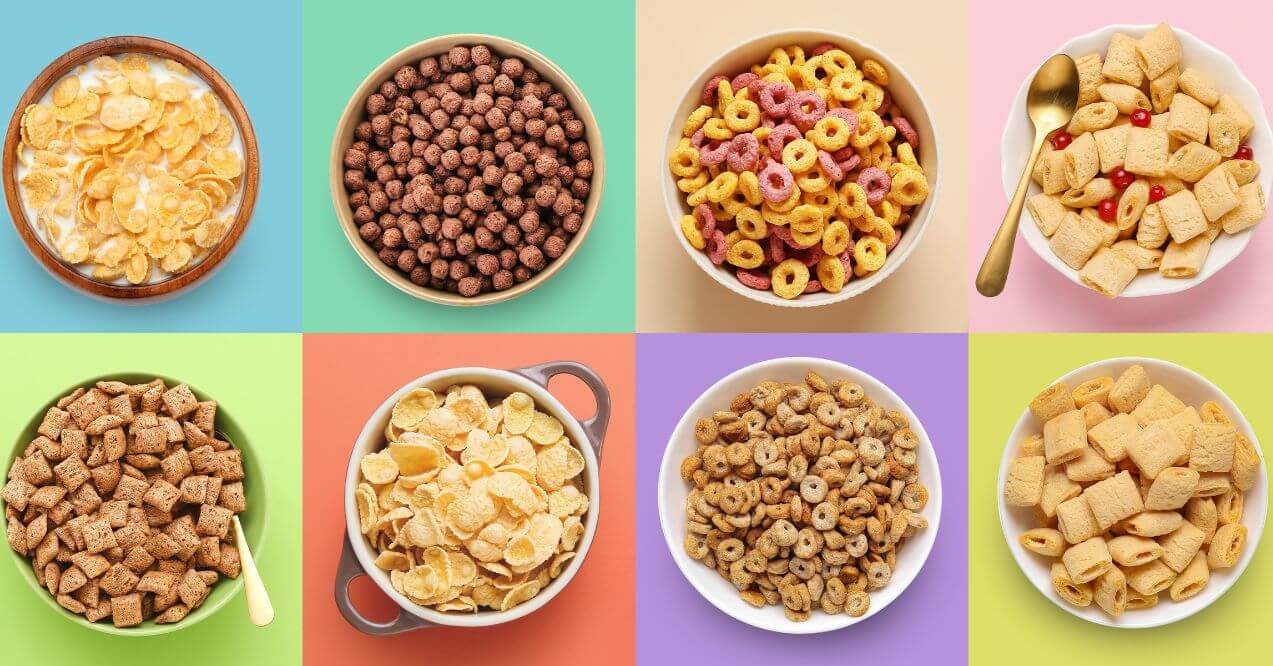

Pour a bowl of nostalgia each morning? You’re not alone. Cereal remains one of America’s most beloved breakfast choices, with the average household keeping 2-3 boxes in their pantry at all times. Yet beneath those colorful boxes and cheerful mascots lies a growing concern – many popular cereals are loaded with added sugars and artificial ingredients that may not support your health goals.
In this comprehensive guide, we’ll rank cereals from best to worst based on crucial nutritional factors: whole grain content, fiber amounts, added sugar levels, and ingredient quality. Whether you’re looking for the healthiest cereal options to start your day right or simply want to make more informed choices at the grocery store, we’ve got you covered.
What Makes a Cereal Healthy?

So, what is the healthiest cereal? Many people assume that any cereal labeled “natural” or featuring health claims is automatically good for you. The reality is quite different. Manufacturers often use clever marketing tactics – displaying fruits on boxes that contain minimal actual fruit or highlighting “whole grain” when the product contains mostly refined grains.
When searching for the healthiest cereal options, several key nutritional factors determine whether your morning bowl is supporting your wellbeing or potentially working against it.
| Factors | Healthy Choice | Unhealthy Choice |
| Grains | 100% whole grain as first ingredient | Refined grainsProcessed grainsLow whole grain content |
| Fiber | At least 4g per serving | Low fiber content (less than 4g) |
| Added Sugar | Less than 6g per serving | High added sugar content (more than 6g) |
| Ingredients | Natural ingredientsNo artificial colorsNo artificial flavorsNo artificial sweetenersMinimal processing | Artificial colorsFlavorsSweetenersPreservativesExcessive processing |
| Overall features | Nutrient-rich, promotes satiety, supports digestion | Low nutritional value, high in sugar, may contribute to health issues |
While choosing the right breakfast cereal supports your morning nutrition, maintaining overall wellness requires a comprehensive approach. The Blood Sugar Formula supplement offers additional nutritional support for those looking to maintain healthy glucose levels naturally.
With beneficial ingredients like Chromium to support normal metabolic function and Magnesium that plays a key role in energy production, this supplement complements a wholesome diet. Additionally, the formula’s strategic blend of plant-based compounds, including Berberine and Ceylon Cinnamon, works alongside nutritious food choices like whole grain cereals to promote balanced wellness throughout your day.
What Is the Healthiest Cereal? Rating Best to Worst
Finding a cereal that’s healthy doesn’t have to be complicated. We’ve evaluated various options based on their whole grain content, fiber levels, added sugar amounts, and ingredient quality. Here’s our comprehensive ranking to help you answer the burning question: what is the healthiest cereal for your morning routine?
1. Oatmeal / Porridge (Steel-Cut or Rolled)
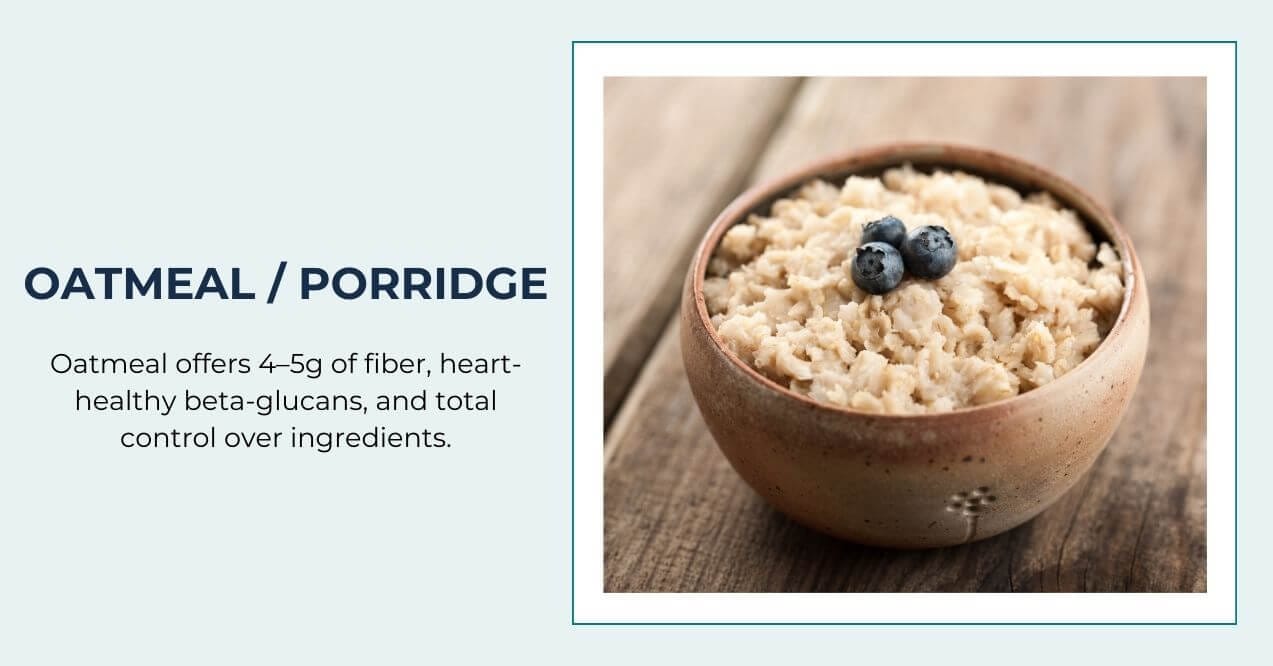
The champion of breakfast cereals! Oatmeal stands as a nutritional powerhouse that outshines all competitors. Each serving delivers:
- 4-5 grams of fiber for digestive health
- No added sugars (unless you add them)
- Complete control over ingredients and toppings
- Heart-healthy beta-glucans that support cardiovascular wellness
For maximum benefits, top your bowl with fresh berries, a sprinkle of nuts, and a dash of cinnamon. Steel-cut varieties offer a chewier texture and slower digestion rate compared to rolled oats, but both provide excellent nutrition.
2. Shredded Wheat (Plain)
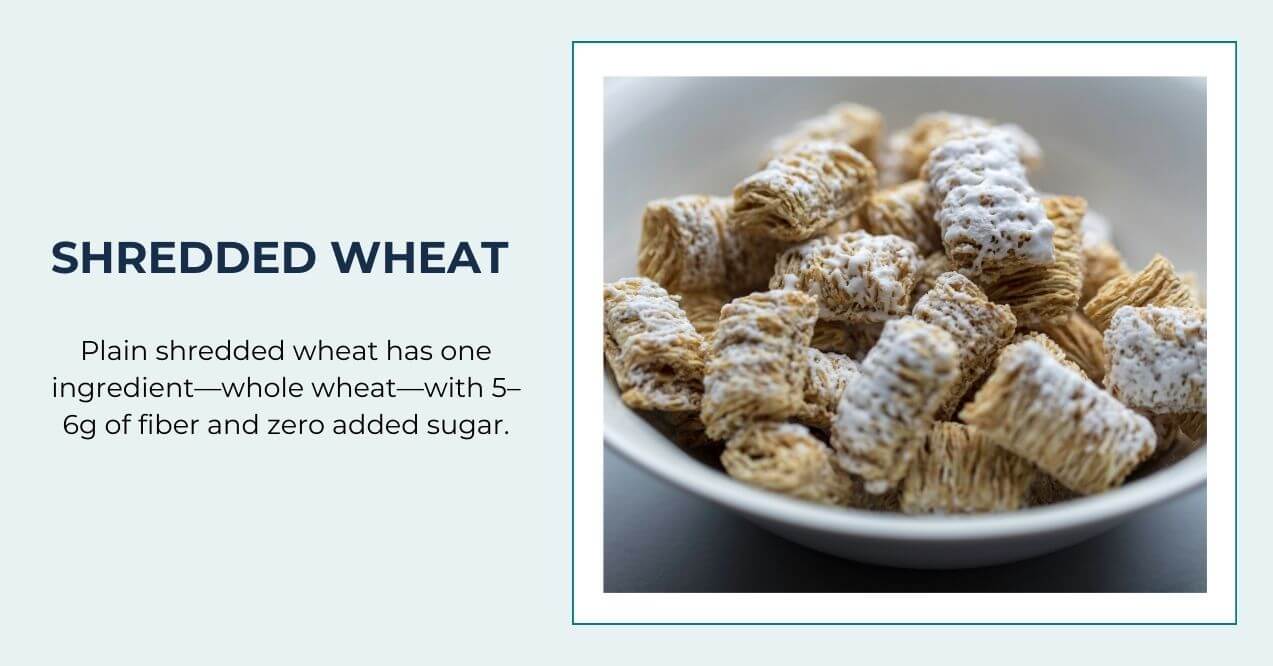
A close runner-up in the healthiest cereals category. Plain shredded wheat impresses with its simplicity and nutritional profile:
- Contains just one ingredient: whole wheat
- Provides substantial fiber (5-6 grams per serving)
- Zero added sugar or salt
- No preservatives or artificial ingredients
Its simple composition makes it an excellent choice for those watching their sugar intake or looking to incorporate foods from the 20 best foods to boost metabolism.
3. Homemade Muesli (Low-Sugar)
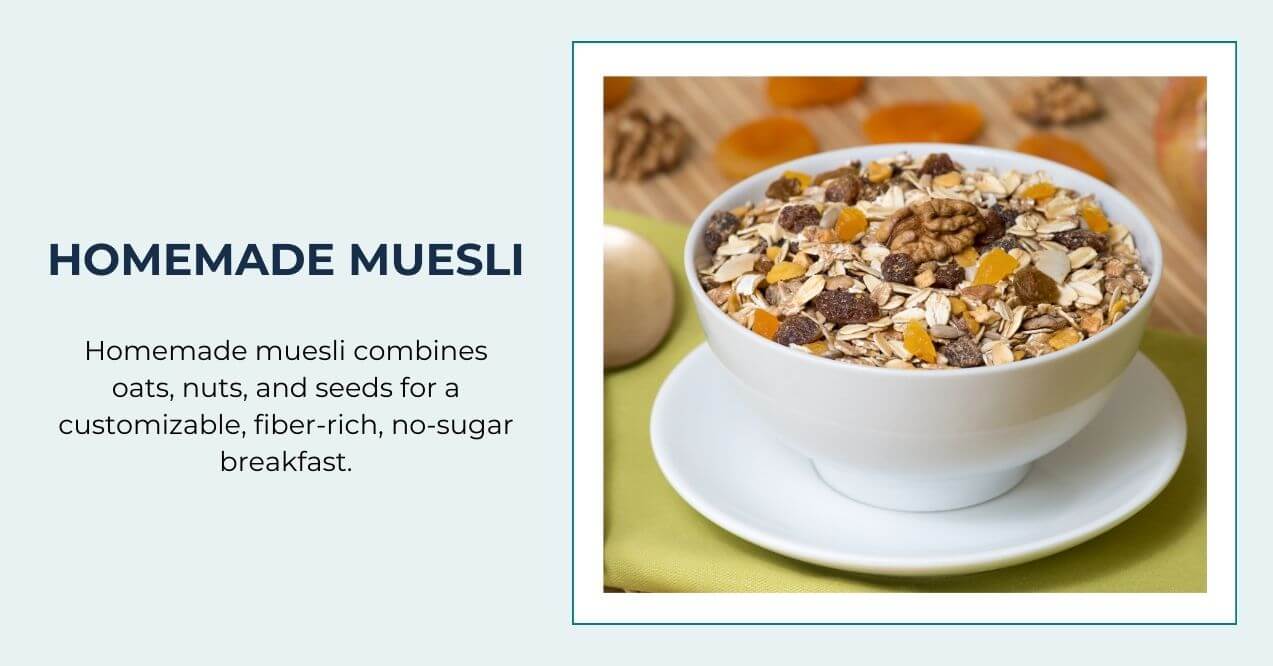
A European breakfast tradition that deserves more attention in American kitchens. Quality muesli offers:
- A delightful mix of whole grains, nuts, and fruits
- Substantial fiber content from multiple sources
- No added sugar when you make it yourself
- Healthy fats from nuts and seeds
Creating your own muesli lets you control exactly what goes into your breakfast bowl. Combine rolled oats, chopped nuts, seeds, and a modest amount of dried fruit for a nutritious start to your day.
4. Sprouted Grain Cereals
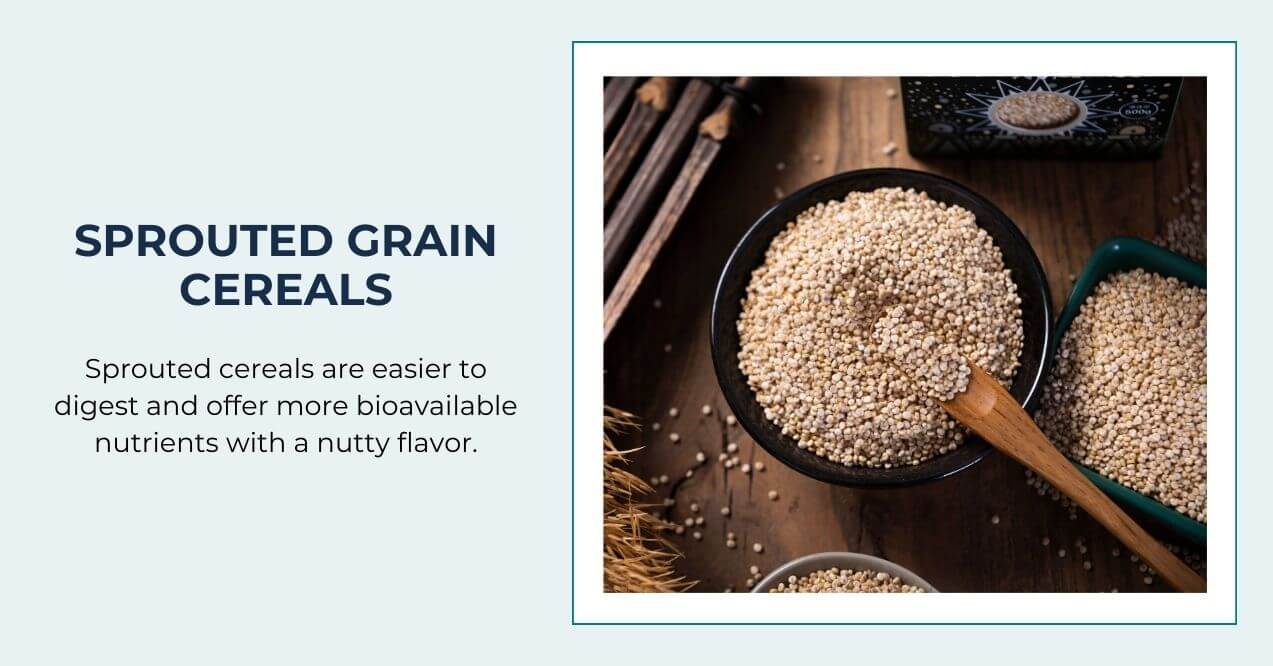
These innovative options bring something special to the breakfast table. The sprouting process:
- Makes nutrients more bioavailable
- May ease digestion for some people
- Often results in cereals with higher protein content
- Creates a unique, nutty flavor profile
Look for varieties with clean ingredient lists and minimal added sweeteners. While these cereals cost more than conventional options, their nutritional benefits often justify the price.
5. Whole Grain Flakes (Select Varieties)
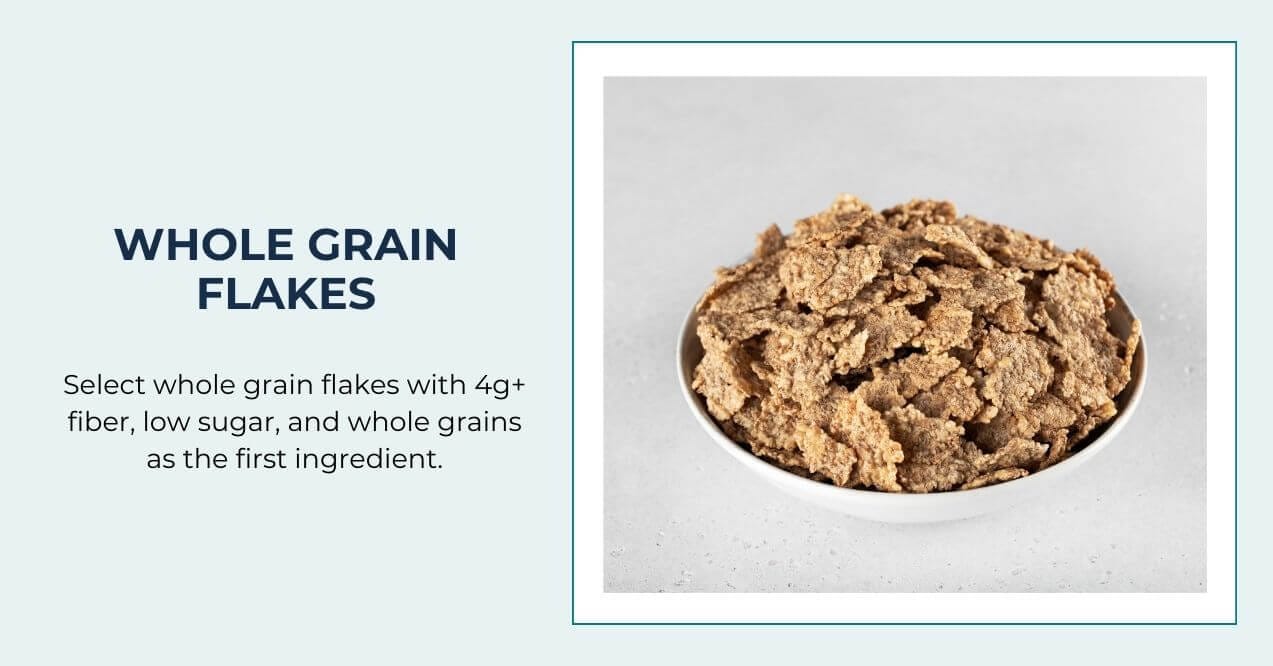
The quality varies widely in this category, so careful selection is essential. The better options provide:
- 100% whole grains as the first ingredient
- At least 4 grams of fiber per serving
- Less than 5 grams of added sugar
- Limited sodium content
Many popular brands offer “healthier” versions of their classic flakes. Check the nutrition facts panel and ingredient list to identify truly wholesome options.
6. Certain Brands of Granola
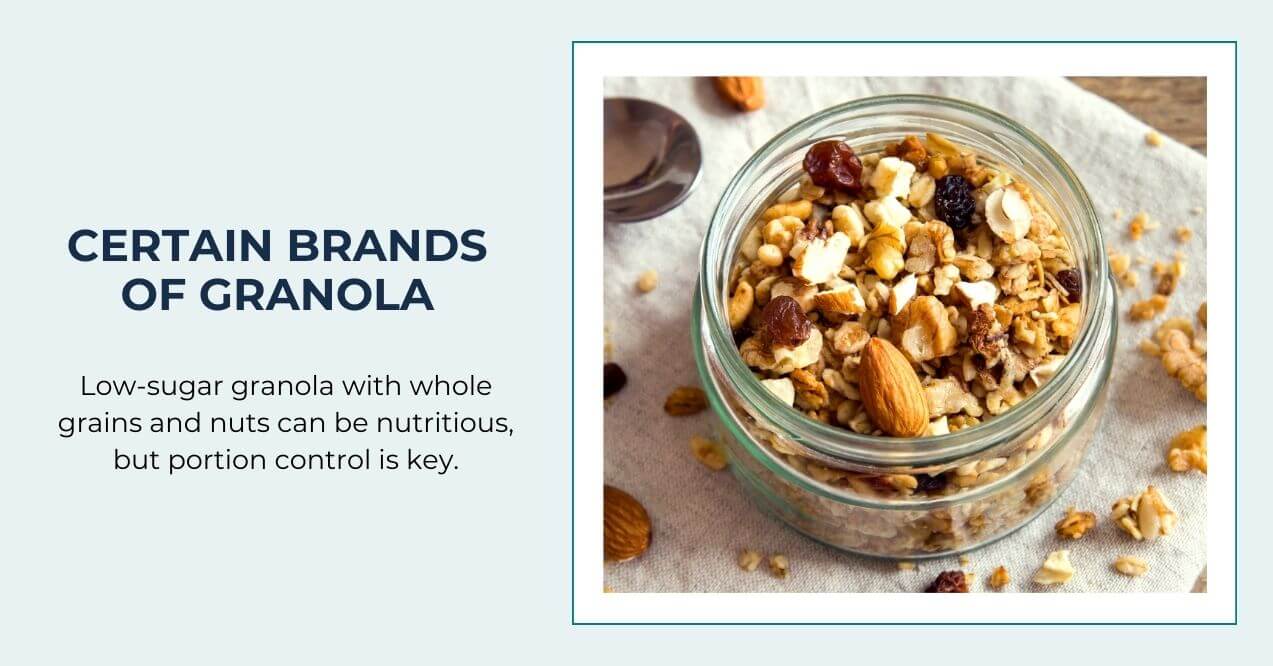
Granola presents a nutritional paradox. While containing healthy ingredients, many brands add significant sugar and oils. The better options include:
- Whole grains as the primary ingredient
- Nuts and seeds for healthy fats
- Limited added sweeteners (less than 6g per serving)
- Beneficial add-ins like dried fruits
Some varieties qualify as fortified cereal options with added vitamins and minerals. However, portion control remains crucial with granola, as even healthier versions are calorie-dense.
When choosing granola, look for varieties that use some of the healthiest non seed oils, such as coconut oil or extra virgin olive oil, instead of highly processed seed oils. Some options also qualify as fortified cereal choices with added vitamins and minerals. However, portion control remains crucial with granola, as even healthier versions are calorie-dense.
7. Puffed Cereals
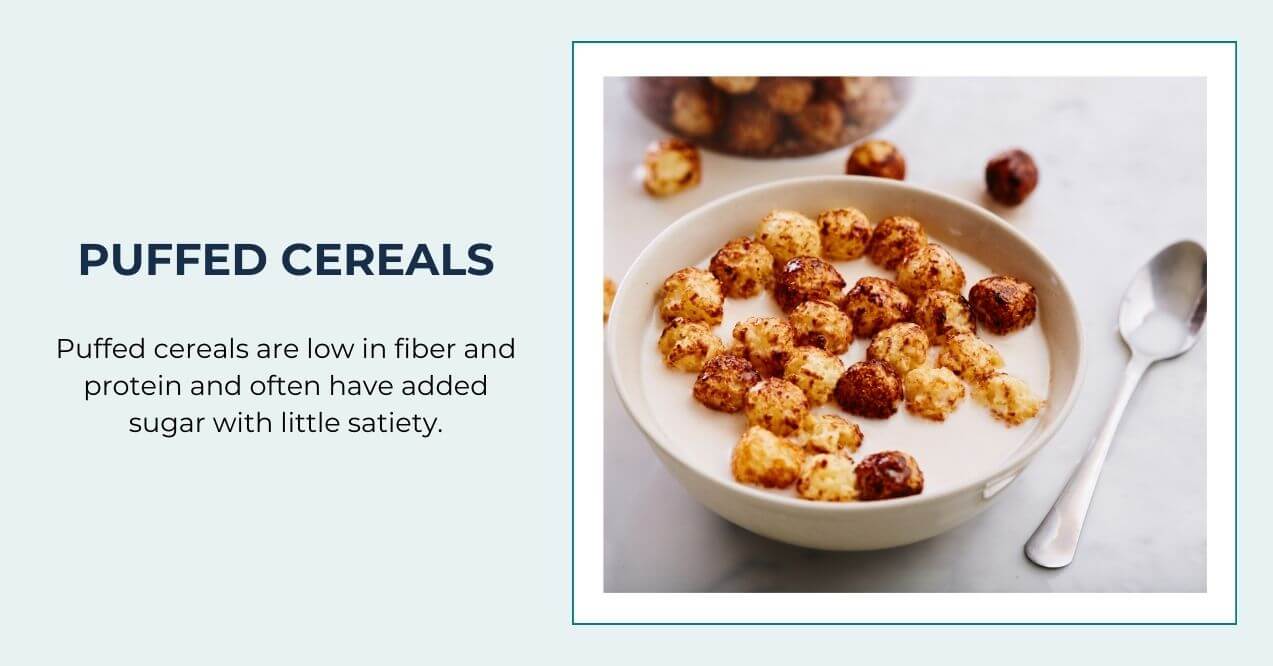
These light, airy cereals often disappoint nutritionally despite their simple appearance:
- Generally low in fiber (1-2 grams per serving)
- Minimal protein content
- Frequently contain added sweeteners
- Lack the satisfying quality of heartier cereals
The puffing process itself can reduce the nutritional value of the grains. If you enjoy their texture, consider mixing puffed cereals with more nutritious options.
8. Bran Cereals
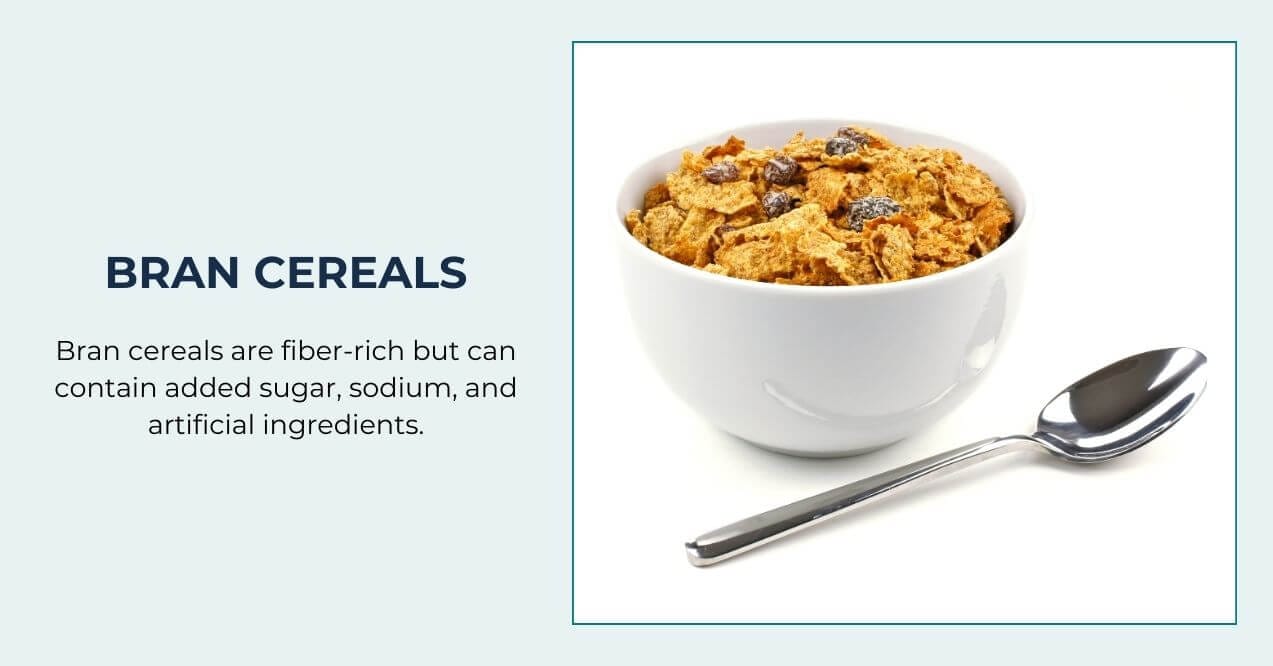
These present a nutritional contradiction. While offering excellent fiber content, many commercial bran cereals:
- Contain surprisingly high amounts of added sugar
- May include artificial flavors or preservatives
- Often use refined grains alongside the bran
- Can have high sodium levels
Read labels carefully and look for versions with modest sugar content. Better yet, add wheat bran to your oatmeal or yogurt for fiber benefits without the drawbacks.
9. “Kids” Cereals
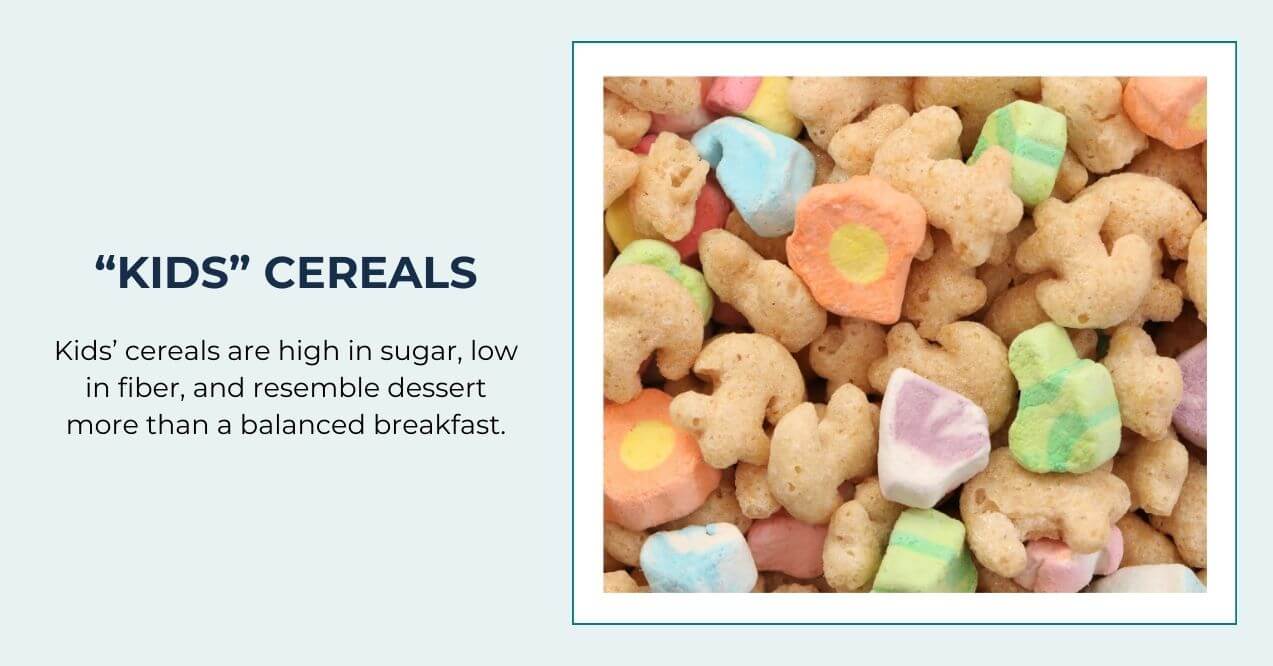
The least recommended options on our list. These colorful cereals typically contain:
- 9-12 grams of sugar per small serving
- Artificial colors and flavors
- Minimal fiber (usually 1 gram or less)
- Heavy processing and refined grains
Marketing tactics make these appealing to children, but their nutritional profile resembles dessert more than breakfast. Save these for occasional treats rather than daily consumption.
Cereals You Should Generally Avoid
While some cereals offer excellent nutritional benefits, others should rarely make it into your shopping cart. These less desirable options often contain ingredients that provide little nutritional value while potentially contributing to health concerns over time.
Sugary Cereals
Many popular cereals, particularly those marketed to children, contain alarming amounts of added sugar:
- Some contain 12+ grams of sugar per small serving (that’s 3 teaspoons!)
- The sweetness often masks low-quality grain ingredients
- They provide a quick energy spike followed by a crash
- Regular consumption may contribute to unhealthy eating patterns
Consider that many people pour larger portions than the suggested serving size, effectively doubling or tripling the sugar intake from a single bowl.

Cereals with Artificial Colors and Flavors
Those vibrant, rainbow-colored cereals achieve their eye-catching appearance through artificial means:
- These synthetic additives provide zero nutritional benefits
- Many artificial colors are derived from petroleum products
- Some people experience sensitivity to certain food dyes
- Natural alternatives exist but are less commonly used in processed cereals
For those with sensitive digestive systems or conditions like fructan intolerance, highly processed cereals with numerous additives may trigger discomfort. Simpler cereal options with minimal ingredients tend to be gentler on sensitive systems.
Cereals High in Sodium
Many don’t realize that cereal can be a surprising source of sodium in their diet:
- Some cereals contain 200-300mg sodium per serving
- The salty taste is often masked by sweetness
- Excess sodium intake can affect fluid balance in the body
- High-sodium foods may impact cardiovascular wellness
The sodium content might seem minimal compared to other processed foods, but it adds up when consumed daily as part of your breakfast routine.
The most concerning cereals combine all three of these problematic elements – high sugar, artificial additives, and elevated sodium levels. Instead, opt for the nutrient-dense options from the top of our ranking list to start your day with true nourishment.
How to Choose a Healthier Cereal?
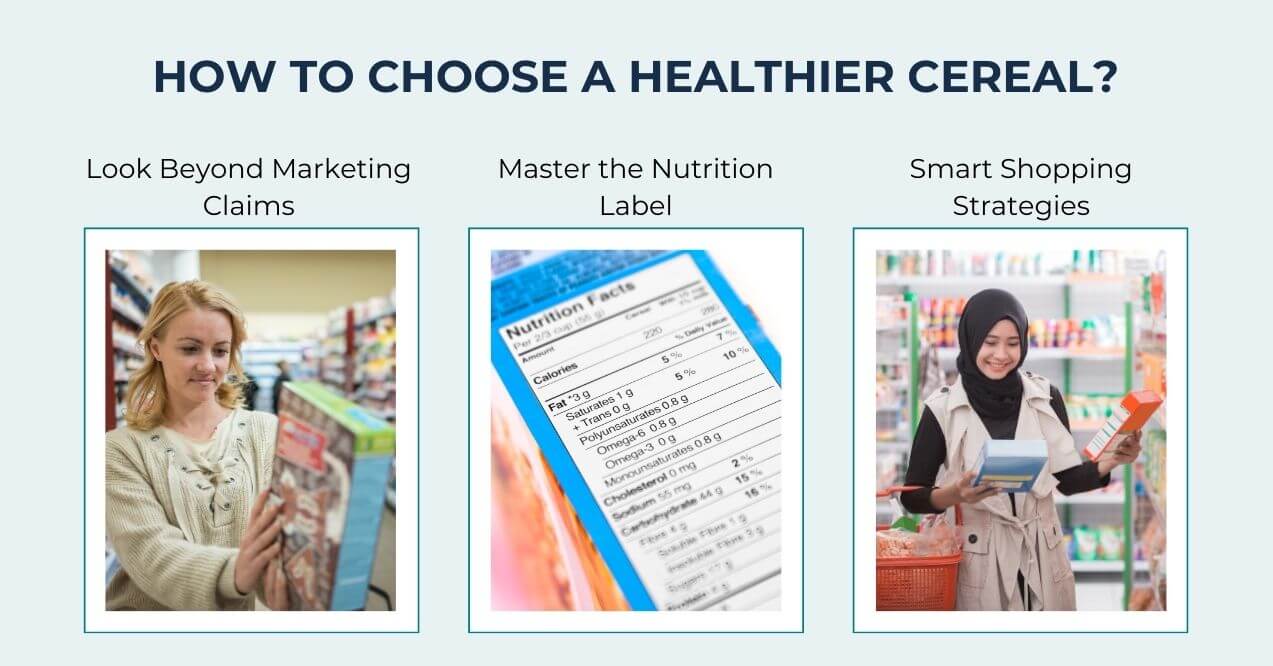
Walking down the cereal aisle can feel like navigating through a marketing maze. Packages proclaim “heart healthy,” “natural,” or “whole grain” while hiding less desirable attributes. For those wondering why does my body feel heavy after breakfast, it might be directly connected to your cereal choice.
Look Beyond Marketing Claims
Food manufacturers have mastered the art of making processed products appear healthier than they are:
- “Made with whole grains” often means minimal whole grain content
- “Natural” has no regulated definition in food labeling
- “No high fructose corn syrup” may still mean high sugar content from other sources
- “Multi-grain” doesn’t necessarily mean whole grain
Master the Nutrition Label
The truth lies in the nutrition facts panel and ingredient list:
- Check serving sizes – Many listed serving sizes (¾ cup) are smaller than what most people actually pour
- Look for fiber content – Aim for at least 4 grams per serving
- Review total sugar – Keep it under 6 grams per serving
- Identify added sugars – These are now listed separately on updated nutrition labels
- Scan the ingredient list – Ingredients appear in descending order by weight
Smart Shopping Strategies
Apply these practical tips during your next grocery trip:
- Compare similar products side by side
- Pair cereals with protein sources like Greek yogurt or nuts to create a more balanced meal
- Combine a less-sweet cereal with a small amount of a favorite sweetened variety
- Create your own mix of simple, whole grain cereals with fresh fruit and nuts
- Consider plain oatmeal as your base and add your own toppings for complete control
Remember that even the healthiest cereal options benefit from thoughtful portioning and pairing with protein sources. This balanced approach helps maintain steady energy levels throughout your morning and supports overall wellness goals.
Conclusion
Determining what is the healthiest cereal ultimately depends on finding options that deliver substantial nutrition while avoiding excess sugar and artificial ingredients. The clear winners – oatmeal, plain shredded wheat, and homemade muesli – offer whole grains, fiber, and minimal processing. By emphasizing nutrition labels over marketing claims and understanding what makes a truly nutritious option, you can transform your breakfast routine.
Remember that even small improvements in your morning cereal choice can support your overall wellness journey. Start with one change this week – perhaps switching to steel-cut oats or plain shredded wheat—and notice how much better you feel throughout your day.
The top 10 healthiest cereals are: oatmeal, plain shredded wheat, homemade muesli, sprouted grain cereals, whole grain flakes, low-sugar granola, bran cereals with minimal sugar, puffed kamut, quinoa flakes, and buckwheat cereals.
Many cereals once perceived as healthy have been reformulated with more sugar and processed ingredients. These include many “natural” granolas, fiber-rich cereals with added sweeteners, and whole grain cereals with artificial additives.
Brightly colored, character-marketed kids’ cereals typically rank as the unhealthiest options, with some containing up to 50% sugar by weight, artificial colors and flavors, and minimal fiber or nutritional value.
Children’s cereals featuring cartoon characters typically contain the most sugar – some with 12-15 grams per serving. Honey-coated varieties and those with frosting, marshmallows, or chocolate pieces are among the highest in sugar content.
Sign up for our Healthy Living newsletter!
Advertisement. This site offers health, wellness, fitness and nutritional information and is designed for educational purposes only. You should not rely on this information as a substitute for, nor does it replace, professional medical advice, diagnosis, or treatment. If you have any concerns or questions about your health, you should always consult with a physician or other health-care professional. Do not disregard, avoid or delay obtaining medical or health related advice from your health-care professional because of something you may have read on this site. The use of any information provided on this site is solely at your own risk.
